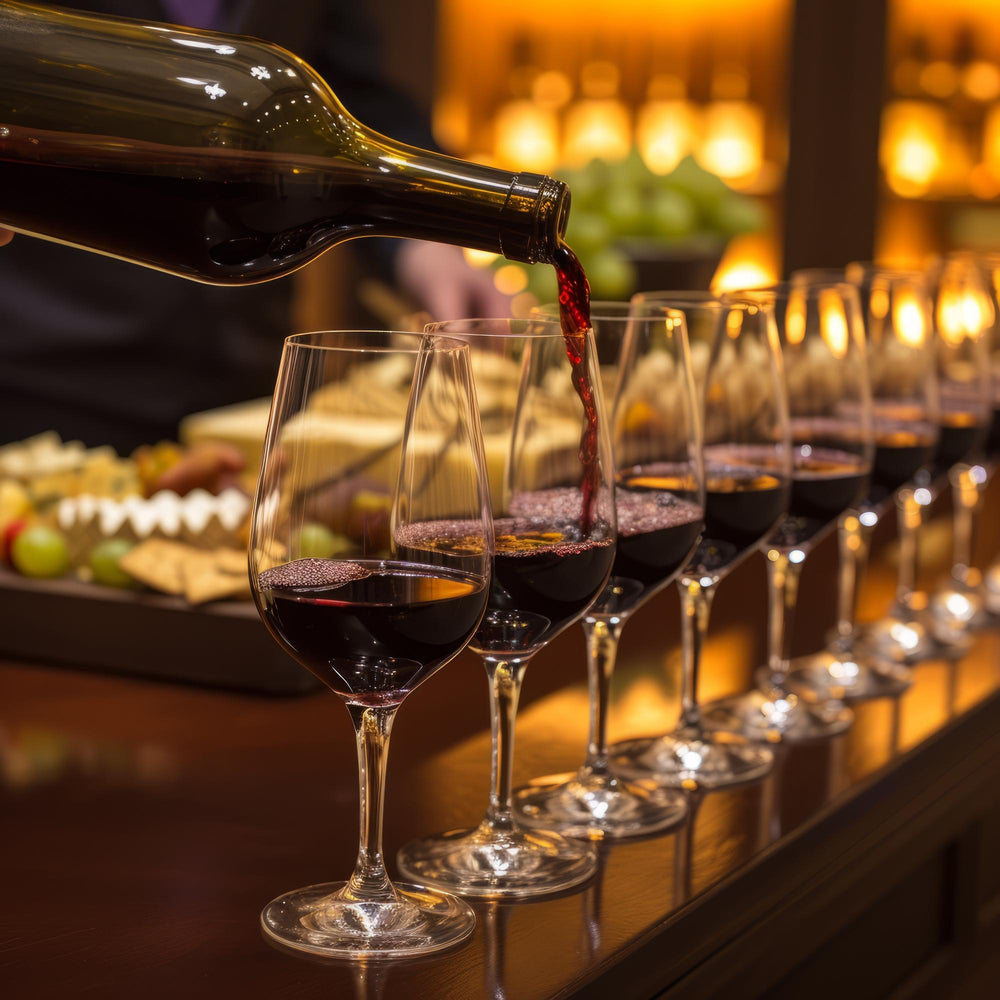The Rising Popularity of Red Wine Among the Younger Generation
In recent years, there has been a noticeable shift in drinking habits among the younger generation, with red wine emerging as a popular choice. This trend reflects broader changes in lifestyle, social behaviour, and consumer preferences. Let’s explore the factors contributing to the rising popularity of red wine among millennials and Generation Z.
- Health Consciousness
Antioxidant Benefits The younger generation is more health-conscious than previous ones, and red wine’s well-documented health benefits are a significant draw. Red wine is rich in antioxidants like resveratrol, which has been linked to heart health, reduced inflammation, and potential anti-aging properties. The notion of enjoying a drink that offers health benefits is appealing to many young adults.
Moderation and Mindful Drinking Unlike the binge-drinking culture often associated with youth, many younger consumers are embracing a more moderate and mindful approach to alcohol. Red wine, typically enjoyed in smaller quantities, fits well into this trend. It’s seen as a sophisticated choice that complements a balanced lifestyle.
- Cultural Shifts and Lifestyle Changes
Sophistication and Social Status Red wine carries a sense of sophistication and cultural cachet. For young adults, drinking red wine can be a way to express maturity and taste. It’s often associated with fine dining, cultural experiences, and a higher social status, making it an attractive choice for social gatherings and events.
Influence of Social Media Social media plays a crucial role in shaping trends among the younger generation. Wine tasting events, vineyard tours, and aesthetically pleasing wine bottles frequently appear on platforms like Instagram and TikTok. Influencers and celebrities often showcase their wine experiences, encouraging their followers to try red wine as part of a trendy and cultured lifestyle.
- Accessibility and Variety
Wine Education With the rise of online resources and wine education platforms, young consumers have more access to information about red wine than ever before. Virtual tastings, wine blogs, and educational content on social media make it easier for novices to learn about different varietals, regions, and pairing options.
Affordability and Accessibility The wine industry has responded to the increasing demand by offering a wide range of affordable red wines. Supermarkets and online retailers provide a vast selection of quality wines at various price points, making it easier for young people to explore without breaking the bank. The emergence of wine subscription services also allows for convenient and curated experiences, fostering a deeper appreciation for red wine.
- Pairing with Food Trends
Culinary Exploration The younger generation is known for its adventurous palate and interest in diverse culinary experiences. Red wine pairs well with many popular foods, from artisanal cheeses and charcuterie to vegan and plant-based dishes. The versatility of red wine makes it a popular choice for those who enjoy experimenting with flavors and food pairings.
Dining Experiences Restaurants and bars have noticed the trend and are offering more red wine options by the glass. Wine bars and tasting rooms are becoming popular hangout spots for young adults, providing spaces where they can explore and enjoy red wine in a social setting. Wine and food pairing events are also on the rise, catering to the interests of this demographic.
- Environmental and Ethical Considerations
Sustainable and Organic Wines The younger generation is particularly conscious of environmental and ethical issues. There is a growing interest in sustainable, organic, and biodynamic wines. Wineries that emphasize eco-friendly practices and ethical production resonate with young consumers, who prefer brands that align with their values.
Support for Local and Artisanal Producers Many young adults are drawn to supporting local and artisanal wine producers. The rise of the craft wine movement mirrors the popularity of craft beer, with small, independent wineries offering unique and high-quality red wines. This preference for local and handcrafted products supports a more personalized and authentic wine experience.
In summary, the rising popularity of red wine among the younger generation is a multifaceted phenomenon driven by health consciousness, cultural shifts, increased accessibility, culinary exploration, and ethical considerations. As young consumers continue to seek out sophisticated, mindful, and environmentally friendly choices, red wine’s appeal is likely to grow even further. This trend not only benefits the wine industry but also enriches the social and cultural fabric of modern life, fostering a deeper appreciation for the nuances and pleasures of wine.




